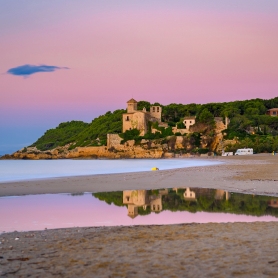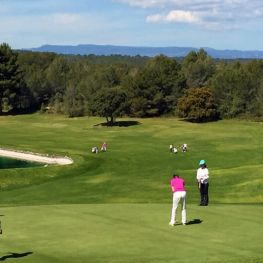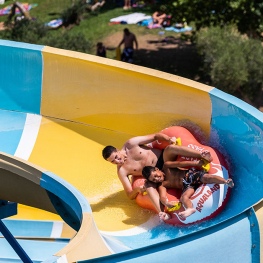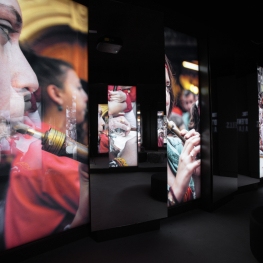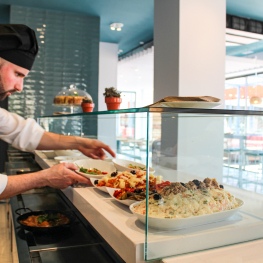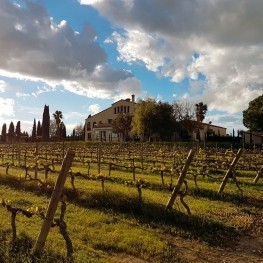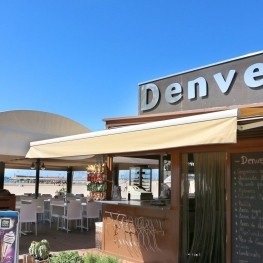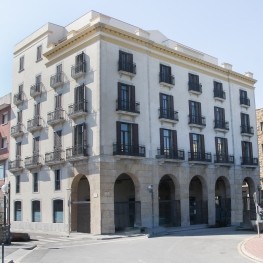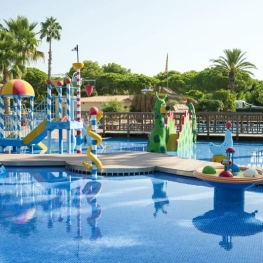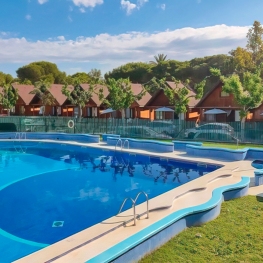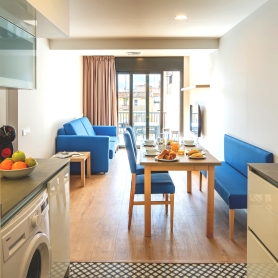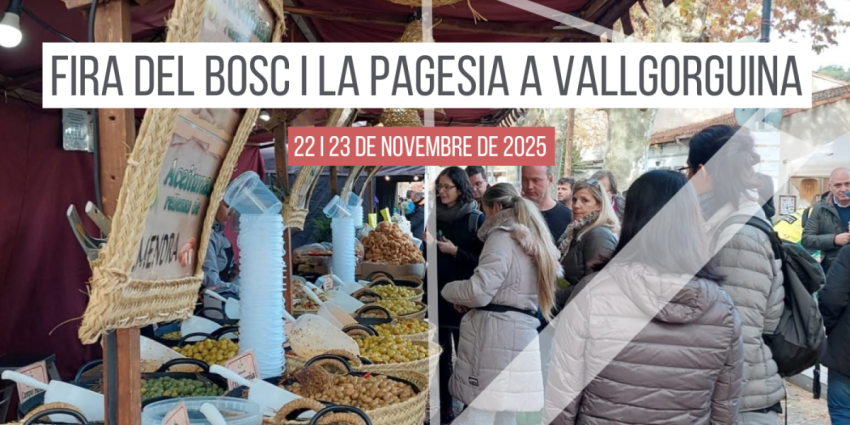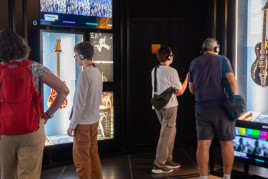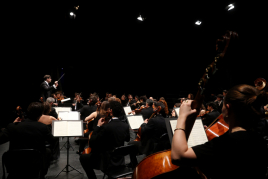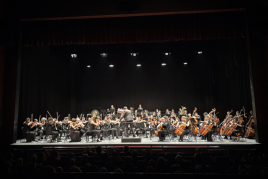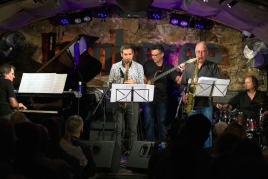Tarraco, Roman legacy world heritage
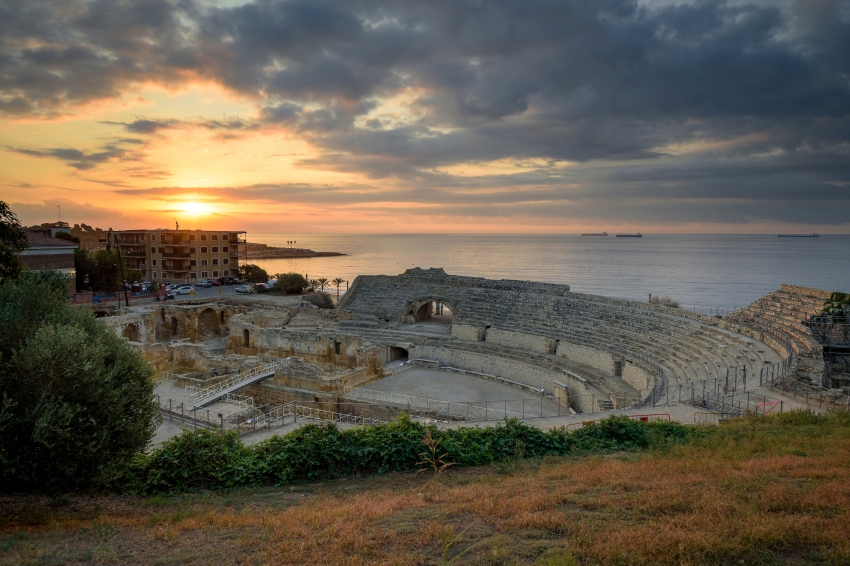
On this route we suggest you put on a tunic and take a horse-drawn chariot to enter Tarragona and let ourselves be carried away by the Roman legacy that is preserved. Some Roman remains that have survived over the years and that in 2000 UNESCO declared a World Heritage Site.
But after the Romans, many other cultures still had to set foot on this land, Visigoths, Muslims, Jews... All of them have left their mark in the form of language, culture or monuments; traits that we currently find perfectly integrated into the daily life of the people of Tarragona, and that we invite you to discover.
A bit of history: Hispania, the empire at the foot of Tarragona
The first years before Christ, Tarragona began to experience a real revolution, it went from being a Phoenician city ( Tarcon ) of little importance to being occupied by the Romans ( Tarraco ), and being declared a military base, the first outside the Italian peninsula.. From there the invasion and structuring of the entire empire of Hispania was promoted. Later Tarraco became the capital of Tarraconense, an area that occupied the entire current Iberian Peninsula except for the South of Portugal, Extremadura and Andalusia.
Five hundred years later, the achievements and majesty of Tarragona merged with the fall of the Roman Empire and the entry of the Visigoths who destroyed and burned the city as a symbol of strength and occupation.
The three symbols of Tarraco's supremacy
We will begin our route through the Tarragona of 2000 years ago, visiting the Roman Amphitheatre, built in the 2nd century. You will find it going towards the sea, in front of the Miracle beach, where the animals came from and next to the Via Augusta, the entrance way to the city. It was built for gladiator fights and wild beast hunts, but it was also the setting for public executions. It had room for 14,000 people who accommodated themselves in the stands carved into the rock that can still be visited today.
Next, following the palm tree promenade, we find the Roman Circus dating from the 1st century. It is considered one of the best preserved in the West and has a unique structure since it was built inside the city. Horse races took place, the mass spectacle of the Roman world, which explains the large capacity of this venue, 30,000 spectators. Later it changed its use and during the 19th century other buildings were built inside.
Finally, it would be interesting to see the Roman Theater, a construction that together with the previous two symbolized the supremacy of the Roman city. Unfortunately, the theater is in very poor condition and cannot be visited.
The daily life of the Romans in Tarragona
Beyond the large buildings is the legacy of the daily life of the Romans in Tarragona . In the area near the Circus we can find remains of the Provincial Forum, the political and administrative center of the province of Tarragona, built in the 1st century. The most outstanding remains are those of the Plaza del Pallol (door, vault and pilasters of the Old Beaterio) and, at the end of the Rambla Vella, the Praetorium (tower that allowed passage from the lower city to the Provincial Forum), which connects through underground corridors with the Circus.
Walking through these streets you will come across the Cathedral of Tarragona, dating from the late Middle Ages, s. XIV, much later than the aforementioned constructions, but it is still a symbol of the city and shows the passage of different cultures through this land. It is built on a mosque, in turn, built on a Roman temple that was part of the buildings of the provincial forum.
Also in the Plaza del Rei, since 1848 we have the National Archaeological Museum of Tarragona where all the objects and furniture from the Roman period found in Tarragona are collected. It is currently closed for renovations and in the meantime we can find the Tarraco/MNAT exhibition in Tinglado 4.
Around this entire area, in the old town, is the wall. It is the oldest preserved Roman construction outside of Italy, it was built in the sII BC and we can still see 1,100m of the original 3,500m that protected the city.
If we move to the other side of the Rambla Nova, in Lleida street, we will find the Local Forum or the Colony, the religious and social center of the Roman city. The remains are among the oldest in Tarragona, dating from the year 30 BC. Originally it was a wide covered square with the most important buildings around it, the religious, political and commercial area of the city. Currently only part of the Basilica remains, which housed the Court of Justice.
Finally, leaving Tarragona along Avenida Ramon y Cajal we will find the Paleochristian Necropolis, a cemetery and a set of funerary structures, dating from the mid-III century and perfectly suitable for visiting.
The Romans in the vicinity of the capital
Beyond the center of Tarragona, to which we can dedicate a whole day, we find a series of buildings, the furthest 20km from the city, which complete a weekend for the Roman legacy of the area.
If we take the N-340 road towards Barcelona we will find the Tower of the Scipios, 6 km away, the most famous funerary monument in Tarragona, almost completely preserved. Following the same road, after 14 km we will find Altafulla, where the Roman Vil·la dels Munts is preserved. Its owner, a senior member of the Tarraco administration, flaunted his wealth with murals, statues, mosaics, marble columns... which have largely been preserved to this day. Finally, if we return to the N-340 to Roda de Berà, 20 km from the capital, we will see the Arco de Berà. It is an arch dedicated to the emperor Augustus, located on the via augusta as a reception in the city of Tarraco. Years ago the road passed through it, but it was moved so as not to damage the monument, which, except for some inscriptions, is preserved in its entirety.
If we change direction and take the N-240 road towards Constantí, 4 km from Tarragona we will find the Roman Vil·la de Centcelles. It is believed that it corresponds to a rural villa dedicated to agricultural and livestock exploitation. The most outstanding rest that we find is a dome considered a key monument for the knowledge of paleochristian art, since it is covered with paintings and mosaics with hunting scenes and biblical representations.
Finally, a visit to the Tarragona Aqueduct, commonly called the Devil's Bridge, is a must. Taking the N-240 road towards Lleida, in the town of Ferreres stands this famous aqueduct, built to supply water from Francolí, the city of Tarragona. It is built with two rows of arches, a lower one of 11 and an upper one of 25 that allow the water to save the unevenness of the valley. It has a length of 217m and the maximum height is 27m.
During the second fortnight of the month of May, the Tarraco viva, the Roman festival of Tarragona (International Days of Roman historical dissemination) is celebrated. A sample of art, food, commerce, traditions, history, cinema... around the Roman Tarragona.
interesting museums
- Tarragona History Museum (MHT). Composed by: Castellarnau House Museum, Archaeological Walk (Roman Walls), Praetorium and Roman Circus, Roman Amphitheatre, Roman Local Forum, Mèdol Quarry and Canals House
- National Archaeological Museum of Tarragona and Paleochristian Necropolis.
- Roman villas of Centcelles and Els Munts (MNAT).
- Cathedral and diocesan museum.
You may also be interested in: The passage of the Roman Empire through Catalonia
What to do
Golf Costa Daurada
El Catllar (a 4.7 Km)Golf Costa Daurada is an 18-hole par 72 course that is perfectly…
Aqualeón Water Park
Albinyana (a 5.4 Km)Aqualeon Water Park, which covers an area of 80,000 square meters, has…
Mon Casteller- Museu Casteller de Catalunya
Valls (a 14.7 Km)Visit the Casteller de Catalunya Museum and discover the origins of the…
Where to eat
Arena Tapas Restaurant
Salou (a 10.9 Km)Enjoy an innovative cuisine, with high-quality local products of proximity, with an…
L'Orangerie de Clos Barenys
Vila-seca (a 11.7 Km)Under our fires, we prepare haute Mediterranean cuisine by selecting the finest…
Restaurant Denver Cambrils
Cambrils (a 15.7 Km)From the legendary Xiri to the current restaurant, Denver offers a creative…
Where to sleep
Port Plaza Apartaments
TarragonaStay at the Port Plaza Apartments Tarragona, a place with a privileged…
Càmping Stel
Roda de Berà (a 2.1 Km)Camping bungalow on the beach of the Costa Daurada, with modern facilities…
Càmping Arc de Barà
Roda de Berà (a 1.9 Km)Arc de Barà is a very family-friendly campsite 60 meters from the…
Apartaments TGNA Rambla 68
TarragonaLocated on the iconic Rambla Nova of Tarragona, TGNA Rambla 68 is…
Nearby routes
Grand Tour de Catalunya - Section 2. Meeting history: from Tarragona to Lleida
The Grand Tour de Catalunya is a journey full of travels. This…







